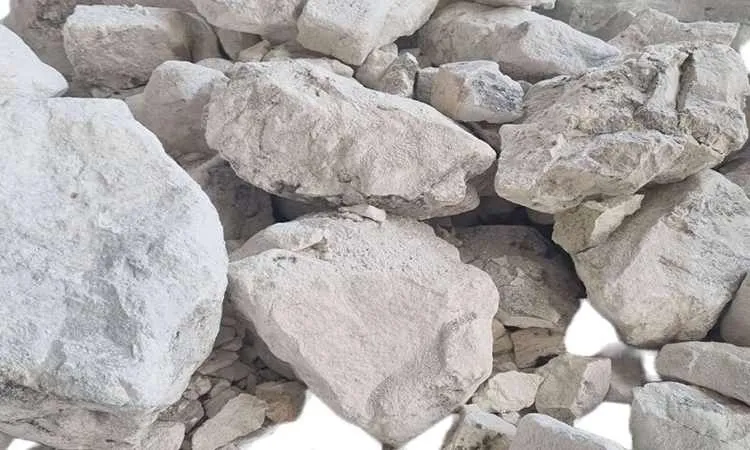The Importance and Applications of Hydrated Lime
Introduction:
Hydrated lime, also known as calcium hydroxide or slaked lime, is a versatile chemical compound with numerous industrial, environmental, and agricultural applications. Produced by adding water to quicklime (calcium oxide), hydrated lime plays a vital role in various processes across multiple sectors. This article explores the significance of hydrated lime, its production process, and its diverse range of applications.
Production of Hydrated Lime:
Hydrated lime is produced through the hydration of quicklime, a process that involves adding water to calcium oxide to produce calcium hydroxide. This reaction is highly exothermic, generating heat as the quicklime reacts with water to form a fine powder of hydrated lime. The production of hydrated lime can occur through different methods, including batch hydration, continuous hydration, and various hydration conditions to achieve specific properties desired for different applications.
Applications of Hydrated Lime:
- Environmental Applications:
- Water Treatment: Hydrated lime is commonly used in water treatment processes for pH adjustment, coagulation, and disinfection. It helps to neutralize acidic water and remove impurities, metals, and contaminants, improving water quality and safety.
- Flue Gas Desulfurization (FGD): In industries such as power plants and cement manufacturing, hydrated lime is utilized in FGD systems to remove sulfur dioxide (SO2) from flue gases, reducing air pollution and acid rain formation.
- Waste and Sludge Treatment: Hydrated lime is employed in waste and sludge treatment to stabilize, disinfect, and neutralize organic matter, reducing odors and pathogens in wastewater treatment plants and landfills.
- Industrial Applications:
- Construction: In the construction industry, hydrated lime is used in mortar and plaster formulations to improve workability, plasticity, and durability. It enhances the bond strength of masonry materials and contributes to the long-term stability and performance of building structures.
- Chemical Manufacturing: Hydrated lime serves as a precursor in the production of various chemicals, including calcium stearate, calcium hypochlorite, and calcium phosphate, among others.
- Steel Manufacturing: In steel production, hydrated lime is employed as a fluxing agent to remove impurities such as silica, phosphorus, and sulfur from molten iron, enhancing the quality of steel products.
- Agricultural Applications:
- Soil Stabilization: Hydrated lime is used in agriculture for soil stabilization, pH adjustment, and nutrient management. It helps to neutralize acidic soils, improve soil structure, and enhance nutrient availability for plant growth.
- Animal Husbandry: In animal husbandry, hydrated lime is utilized as a feed additive to reduce acidity in animal feed, control odors in livestock facilities, and mitigate the spread of diseases such as foot rot and mastitis.
Conclusion:
Hydrated lime is a multifaceted chemical compound with widespread applications across various industries, including environmental, industrial, and agricultural sectors. Its versatility, affordability, and effectiveness make it an indispensable component in numerous processes, contributing to environmental sustainability, infrastructure development, and agricultural productivity. As industries continue to innovate and develop new technologies, the demand for hydrated lime is expected to grow, further highlighting its importance in modern society.

 |
|  |
| 
